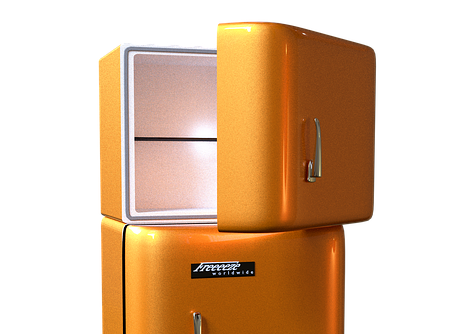Your freezer could be a tiny box built into your fridge, a giant chest freezer in the garage or basement, or any type and size in between. Whatever your freezer looks like, one thing it has in common with all the others is when it is stocked well, you will have ingredients and meals at your fingertips to use in the future. Freezing foods stops the growth of the microorganisms that spoil food, and as the National Resource Defense Council says, “It’s like pressing the pause button!”
You can freeze just about anything. Some foods freeze better than others, and what I really mean when I say this is some foods defrost better than others. Produce, raw and cooked meat, cooked grains, beans, meals, bread and baked goods all defrost well and the texture and quality isn’t affected by the freezing. Milk and cream, yogurt, block cheeses, eggs in the shell, leafy greens don’t freeze or thaw well. (But shredded cheese and eggs out of their shell defrost great!) Anything you pull from the freezer should be defrosted in the refrigerator. For meat, produce, dairy, and meals, this is so the food doesn’t warm up and allow bacteria to grow, it keeps the food safe to eat. Breads and grains should be thawed in the refrigerator because if they are left out on the counter, the condensation that forms inside of the packaging can make the outer layer of food wet and mushy – with a frozen center.
Save The Food is a website with a lot of useful information about how to store specific types of foods, check it out. And remember, for quality, foods should be used within 6-9 months from the date they’re frozen.
Written by Adriene Worthington, RDN, LDN
food safety, freezer

